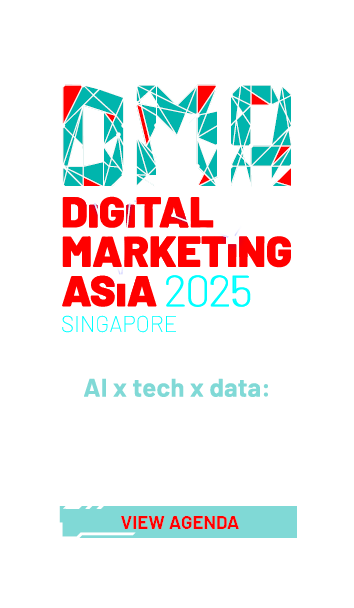



Instagram SEO? Sounds cool, but most brands aren't ready
share on
The industry has been abuzz with updates about Instagram content being indexed by Google. Social posts are now showing up in search results. Your Reels might even outrank your blog.
This all sounds exciting and maybe even game changing. But keep in mind that this isn’t a shortcut, it’s a spotlight, and most brands aren’t ready for it.
What changed?
Beginning July 2025, public Instagram posts from business and creator accounts can now appear on Google Search. That includes captions, alt text, bios, and even comments. For the first time, the Instagram grid has the potential to act like a micro-website. Discoverability now extends to stories, memes, Reels, and carousel rants. It’s a powerful shift, but it’s also easy to misread.
In theory, a snack brand in Malaysia could post “easy Raya snack ideas” and show up beside recipe blogs. A sneaker store in Singapore could appear on Google for “summer outfit ideas” with a single carousel post. But let’s be real, if your Instagram content lacks clear intent, structure, keywords, or demand, you won’t rank. If no one’s searching for your name or niche, you won’t appear. If your posts are stuck in “announce-and-go” mode, you’re not even in the race.
Instagram SEO doesn’t work on its own. It works within an ecosystem, and that’s the part many marketers keep skipping.
We're still publishing, not building
Many brands in Southeast Asia - and this is said with love - still treat social as a dumping ground. You post because the calendar says so, you “engage” because someone said it helps the algorithm, and you toss in a few hashtags and hope for virality. However, what happens when Google starts indexing those surface-level captions? What happens when someone lands on your Reel and finds no depth, no link, no loop? That’s not a win. It’s a bad first impression at scale.
SEO isn’t just keywords. It’s intent, content, and infrastructure. Social content is a fragmented memory system that only works when you layer signals with purpose.
What I call storystacking—made up of narratives, moments, and voices—is the long game. If a brand's feed is 100% promotions and zero personality, Google can’t save it. If you're looking for rank, give people something worth remembering.
That said, brands and marketers must now say something specific, useful and real. Yes, that means writing captions people actually want to read, not just scroll past.
We love the headline, not the homework
In Malaysia, Singapore, and Australia, we chase headlines. New platform? Launch. New format? Jump. New feature? Pitch it now.
However, SEO via Instagram takes discipline. You need to fix the content foundations, bio, highlights, and captions to be search-friendly without sounding robotic.
That said, being search-capture ready is just the beginning of the journey because content isn't just a story - it's an access point.
For brands with a strong point of view, clear message, and consistent voice, this is leverage. For everyone else, it’s exposure of all the cracks. This is especially since SEO doesn’t save your brand, it reveals it.
Before brands and marketers get excited about ranking on Google, they should ask themselves:
- Would someone save this post, not just like it?
- Would a stranger learn something from it?
- Does the brand's feed tell a story, or just list announcements?
Because in 2025, the most powerful brands won’t just appear on search. They’ll earn it, one meaningful post at a time.
What's next: Visibility in the age of AI
While it is commendable that a brand's social content is now searchable on Google, it feels a bit late. The bigger question facing brand owners and marketers isn’t just “Can I rank?”, but it’s “Will I be recommended?”.
We are now entering a new era where discovery is less about links and more about answers. AI systems, whether it’s ChatGPT, Gemini, or Perplexity are shaping what people see, trust, and act on. They don’t just index the brand's content, they synthesise it. They interpret brand voice, consistency, credibility.
It’s not at mass scale yet, but it’s coming fast. We’re already seeing how users trust AI outputs more because they feel personalised. Soon, visibility won’t start with a search box. It will start with a question, and if your brand isn’t part of that dataset, you’re invisible.
So, while the industry talks about Google rankings, it’s time to ask a bigger question: What does your brand signal to the AI that’s shaping the next generation of decision-making?
The next frontier isn’t just search. It's a recommendation. Let’s stop chasing visibility. Let’s start chasing value. Let’s build brands people actually want to find—on Google, on Instagram, or anywhere else.
This article was written by Ham Maghazeh, social media advisor.
share on
Free newsletter
Get the daily lowdown on Asia's top marketing stories.
We break down the big and messy topics of the day so you're updated on the most important developments in Asia's marketing development – for free.
subscribe now open in new window
